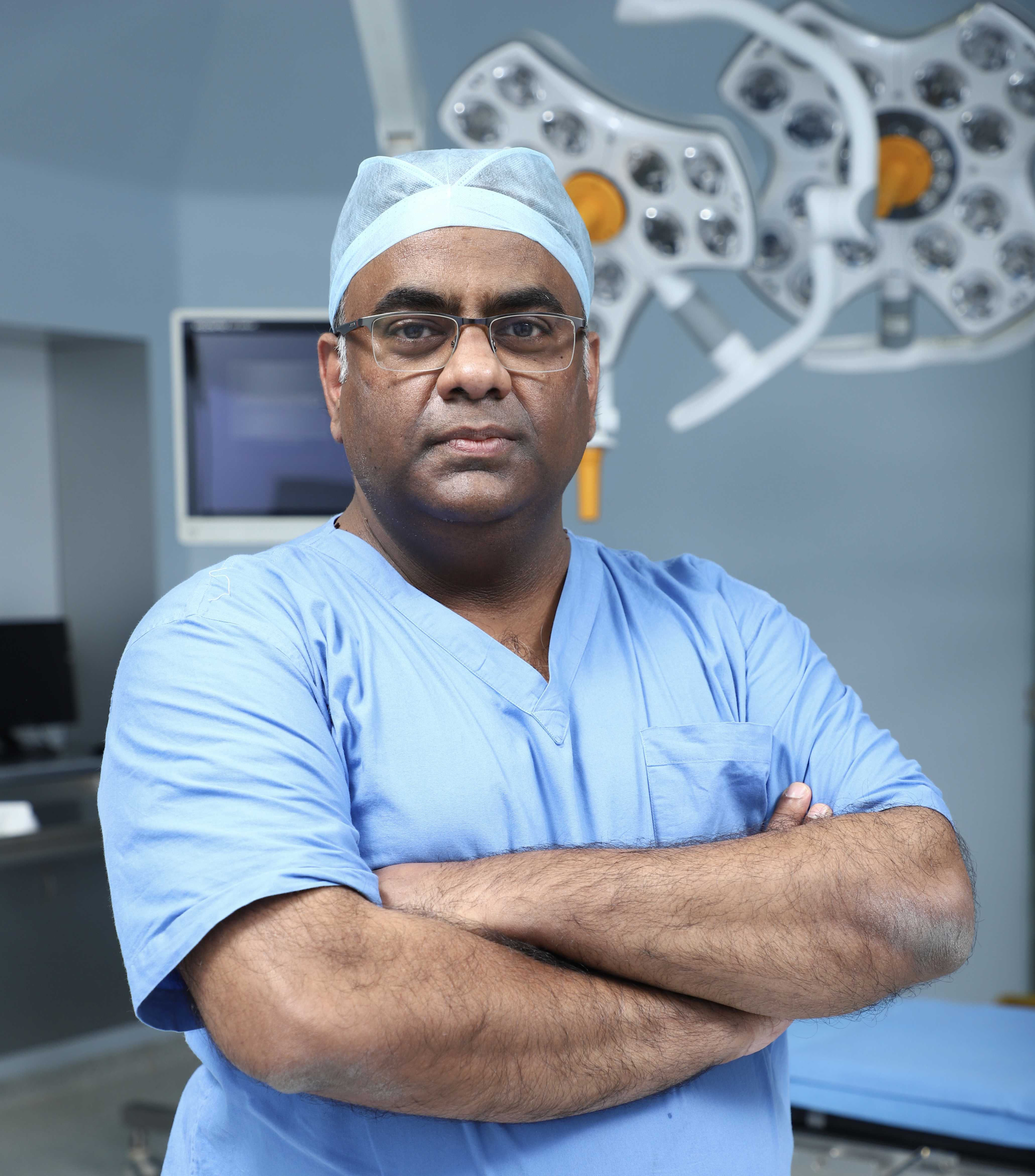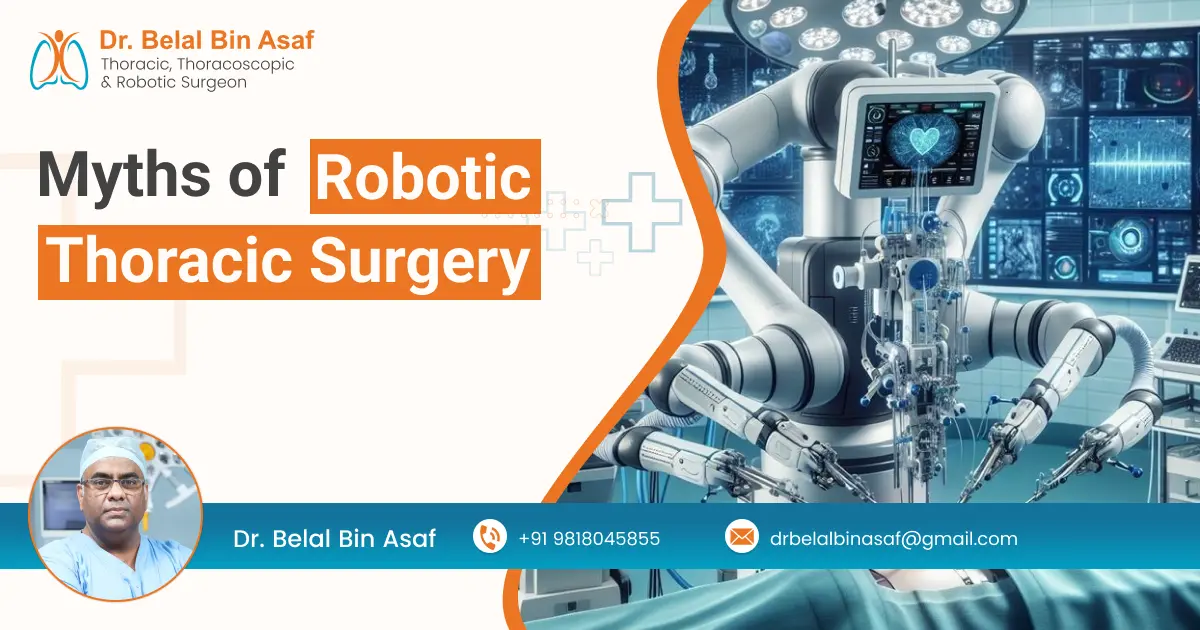Robotic thoracic surgery has emerged as one of the most advanced techniques in modern surgical practice. It offers patients a minimally invasive approach to treating various conditions involving the lungs, esophagus, and chest cavity. However, despite its benefits, robotic surgery is often misunderstood. Let’s take a closer look at the most common myths — and the facts that debunk them.
Contents
- 1 Is the Robot Operating on its own?
- 2 Is Robotic Surgery More Dangerous than Traditional Surgery?
- 3 Is Robotic Surgery only used for Complicated or High-Risk Cases?
- 4 Is Robotic Surgery Too Expensive to be Practical?
- 5 Does Robotic Surgery Eliminate the “Human Touch”?
- 6 Is Robotic Thoracic Surgery Still Experimental?
- 7 Is Robotic Surgery only Suitable for Younger Patients?
- 8 Does Robotic Thoracic Surgery Always Involve Removing a Lung?
- 9 Conclusion
Is the Robot Operating on its own?
No — the robot does not and cannot perform surgery by itself. This is perhaps the most persistent misconception. When people hear the term “robotic surgery,” they often imagine a machine making decisions or performing surgery without human oversight. In reality, robotic-assisted surgery is entirely surgeon-controlled. The robot does not have any autonomy.
The surgeon operates from a console located just a few feet from the patient, using precise hand and foot controls to direct the robotic arms. These robotic arms are equipped with specialized surgical instruments and a high-definition 3D camera that offers a magnified, detailed view of the surgical site. Every motion made by the robot mirrors the surgeon’s movements in real time, ensuring complete control throughout the procedure. Think of the robot as an extension of the surgeon’s hands — providing greater precision, dexterity, and stability than what’s possible with human hands alone.
Is Robotic Surgery More Dangerous than Traditional Surgery?
No — robotic surgery is often associated with better outcomes and fewer complications. Another common fear is that adding a robotic system makes surgery more complex or risky. But in practice, robotic surgery is often safer than traditional open surgery or even conventional minimally invasive surgery.













 +91-9818045855
+91-9818045855
